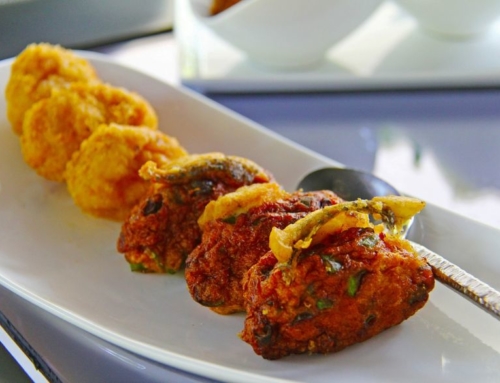Most people love to eat. We eat for various reasons with a variety of options to choose from, and Thai foods are worth a try.
Thai food is herbs, spices and anything nice and healthy. The Thai cuisine has been known as a cuisine that only uses fresh ingredients at its best offering you only the best. The perfect balancing of different flavors makes it stand out from the rest and the seasonings added would definitely suit everyone’s appetite. Different flavors and variant can be tasted. They have truly mastered the technique of mixing flavor that we cannot even imagine. Thai dishes make use of their resources and use it as the ingredients in every food that they created.
Many Thai dishes also use coconut milk. Their taste varies from mild to strong taste. The country is very well known for utilizing health spices and herbs that are basically healthy so you get to eat not only yummy foods but also good for the health as well. Thai dishes can surely keep your appetite going. From just seeing their marvelous food presentation, it is truly mouthwatering. The vibrant color used just has the capability of getting our attention and wanting to try it out ourselves. The original Thai dishes use aquatic animals, herbs, plants, and spices so you would be able to taste the freshness given by nature. Their traditional way of cooking was stewing, grilling and baking. Different cultures have influenced their cooking techniques and methods. Before they are used to serving foods with big chunks of meat but now, they shred it. Most Thai foods are eaten using spoon and fork. The meats were also shredded so that the people eating it no longer need to use a knife making eating easier.
Thai dishes have been influenced by different cultures as well but has created their own identity that distinguishes their dishes from others. Never been to a Thai restaurant or never eaten Thai dishes before? Then, you are definitely missing a lot. Even though there are so many good cuisines from the different parts of the globe, each of them gives off a different feel and taste that makes them unique from one another. Their dishes are satisfying for our eyes, nose and taste buds. Thai dishes should be one of your options among all the different good foods out there for it just have so many things to offer to you.






